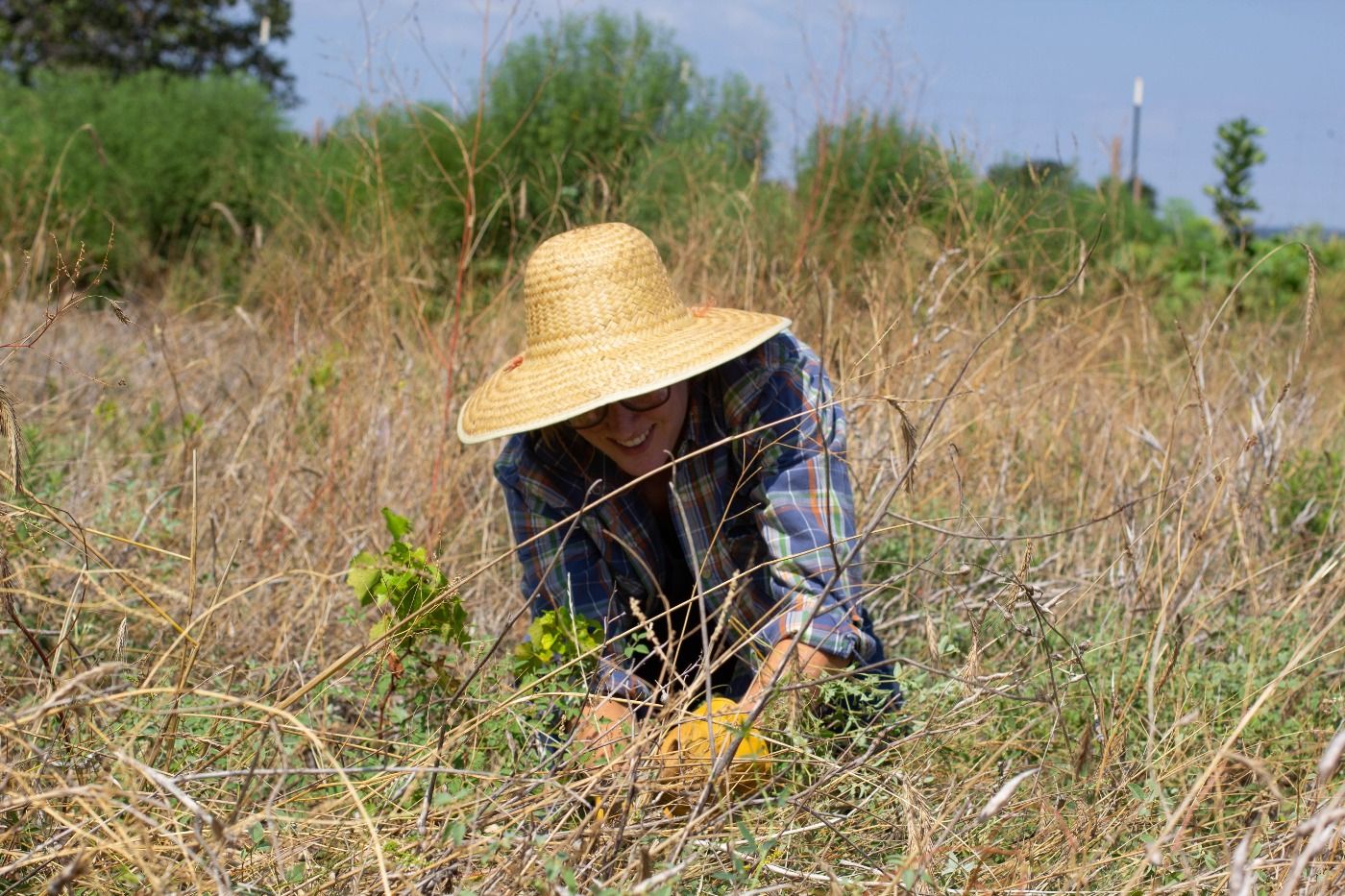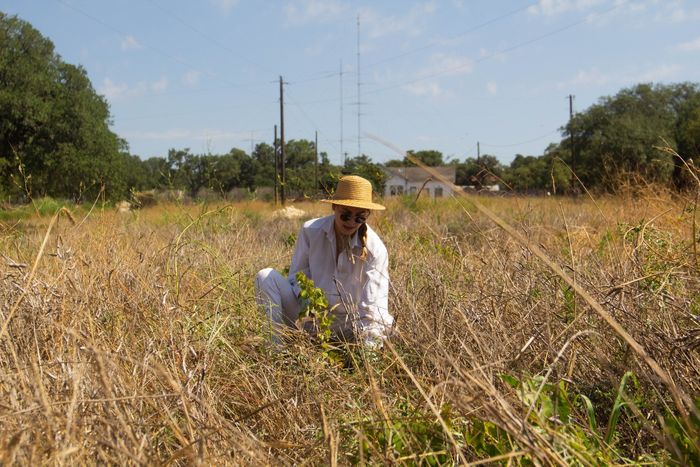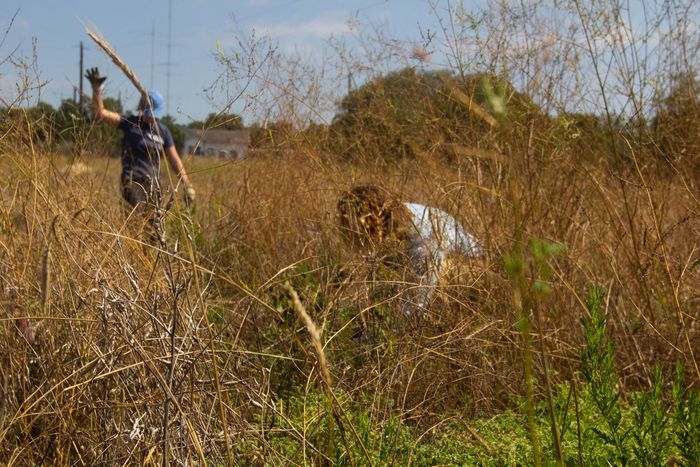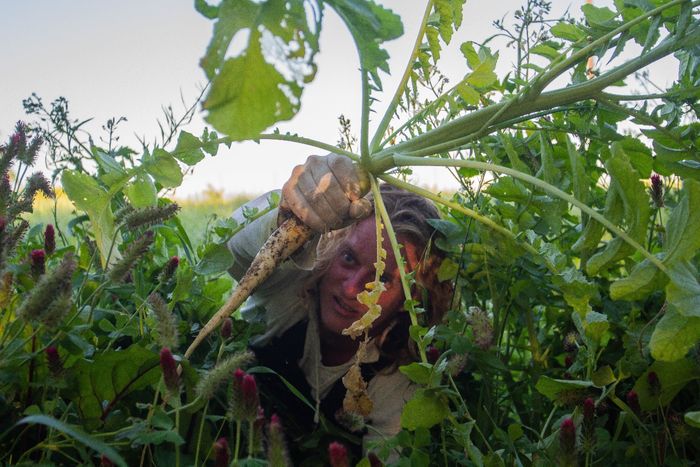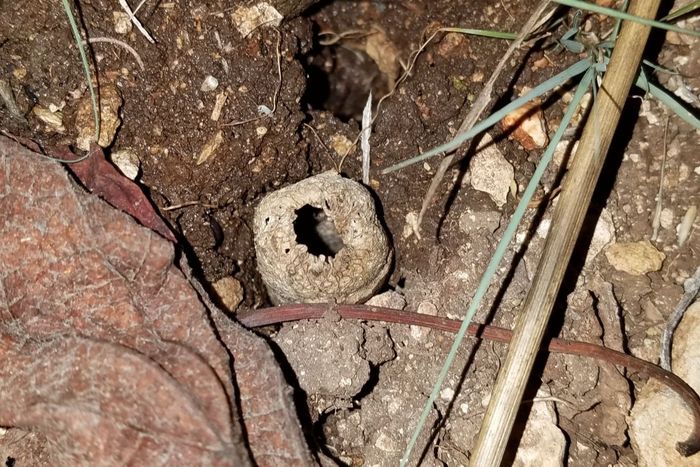We planted a 3.5 acre vineyard earlier this year as part of our farming expansion. The goal of this vineyard is to source grapes for our beers from right here on the Jester King farm, and ultimately, to make natural wine.
Grape harvest season is in full swing here in Texas. The Jester King vineyard, however, still needs time to become established before we are willing to harvest our grapes. Instead, we chose to prepare the land and the vines for the future of the vineyard - building the foundation for future fruitful harvests. Due to the nature of working with our mixed culture and spontaneous fermented beers, we have become quite familiar with the practice of patience. Patience will continue to be important going forward with our natural wine program.
Overall pruning is especially important in the early stages of vine growth. This summer, when the grapes started popping up as tiny green clusters, we clipped those clusters off and tossed them to the land to decompose. By cutting the clusters before they grew into ripe grapes, we directed the plant to move that energy elsewhere -- towards building stronger roots.
Next is maintenance of the land on the vineyard. While planting in early spring, we seeded the vineyard with wildflower, native grasses, and daikon. We recently trimmed those plants surrounding the vines and created what is essentially a nest around each vine. Those plants will soon decompose and provide vital nutrients to the soil. This also gives our vines a step up against neighboring plants that could become competition for nutrients. Another aspect of prepping the land is implementing a compost tea schedule which will include our mixed culture. This helps incorporate more Saccharomyces cerevisiae (AKA brewer’s yeast) into the local microflora, which ultimately creates better natural wine.

